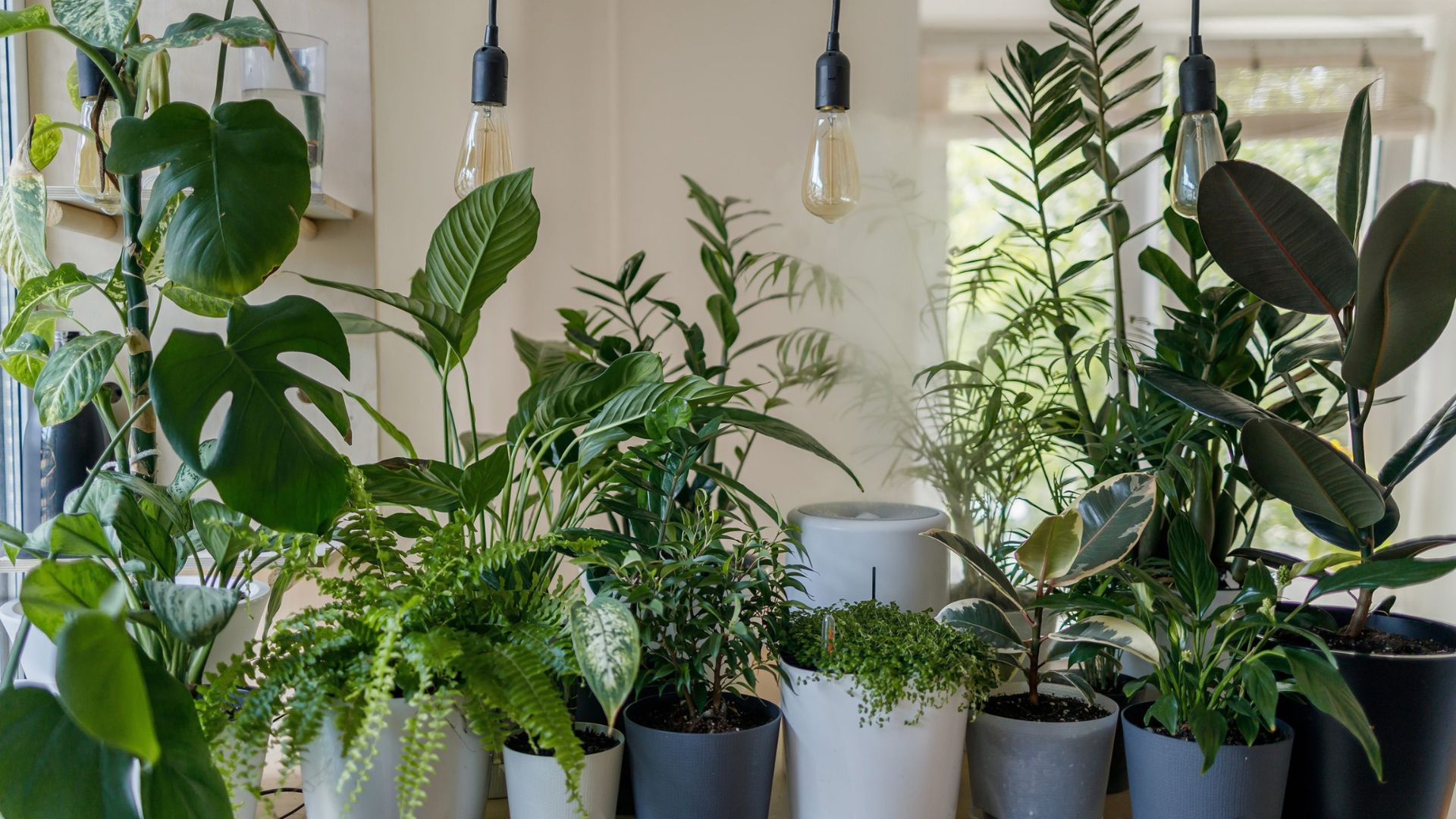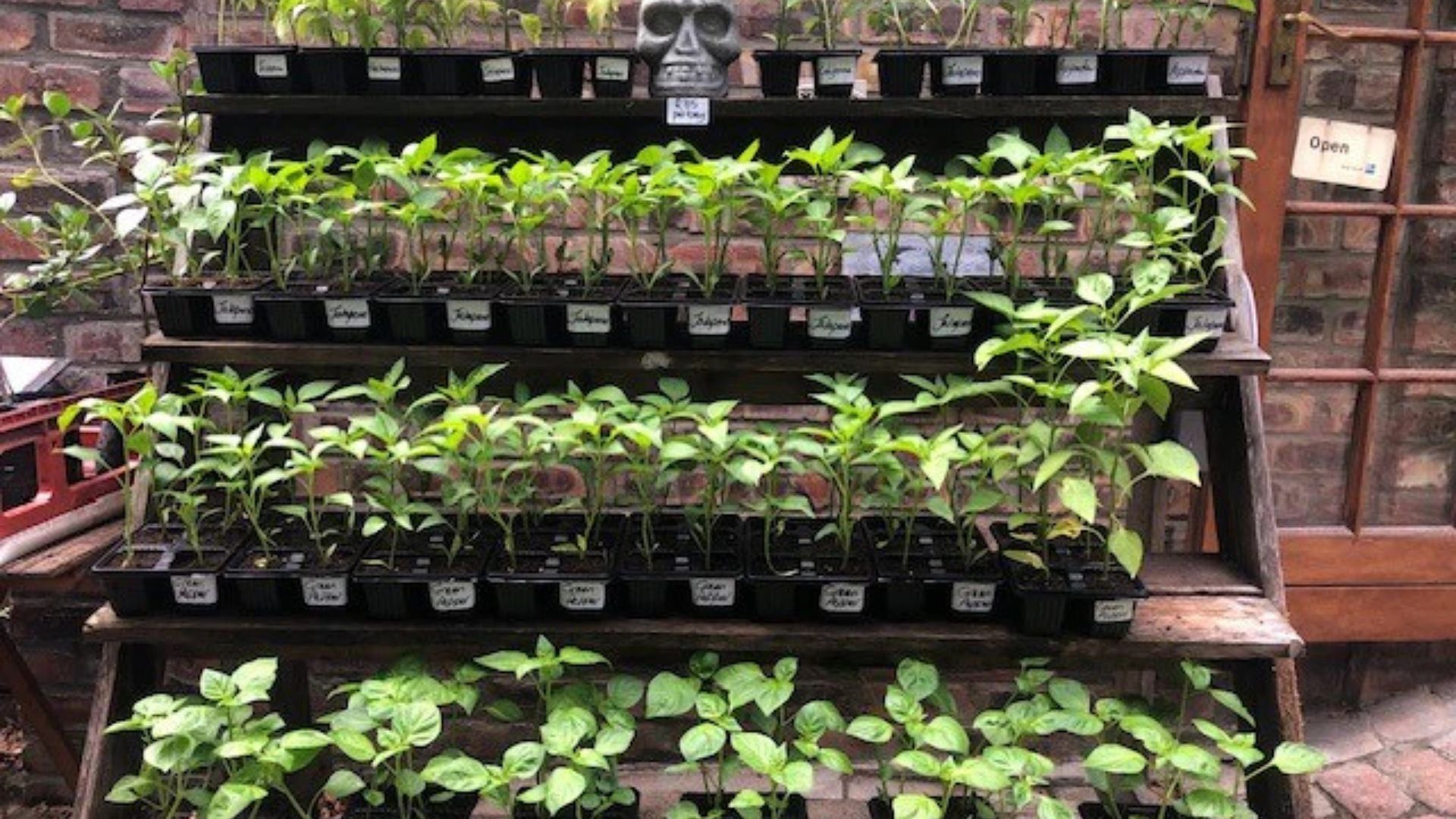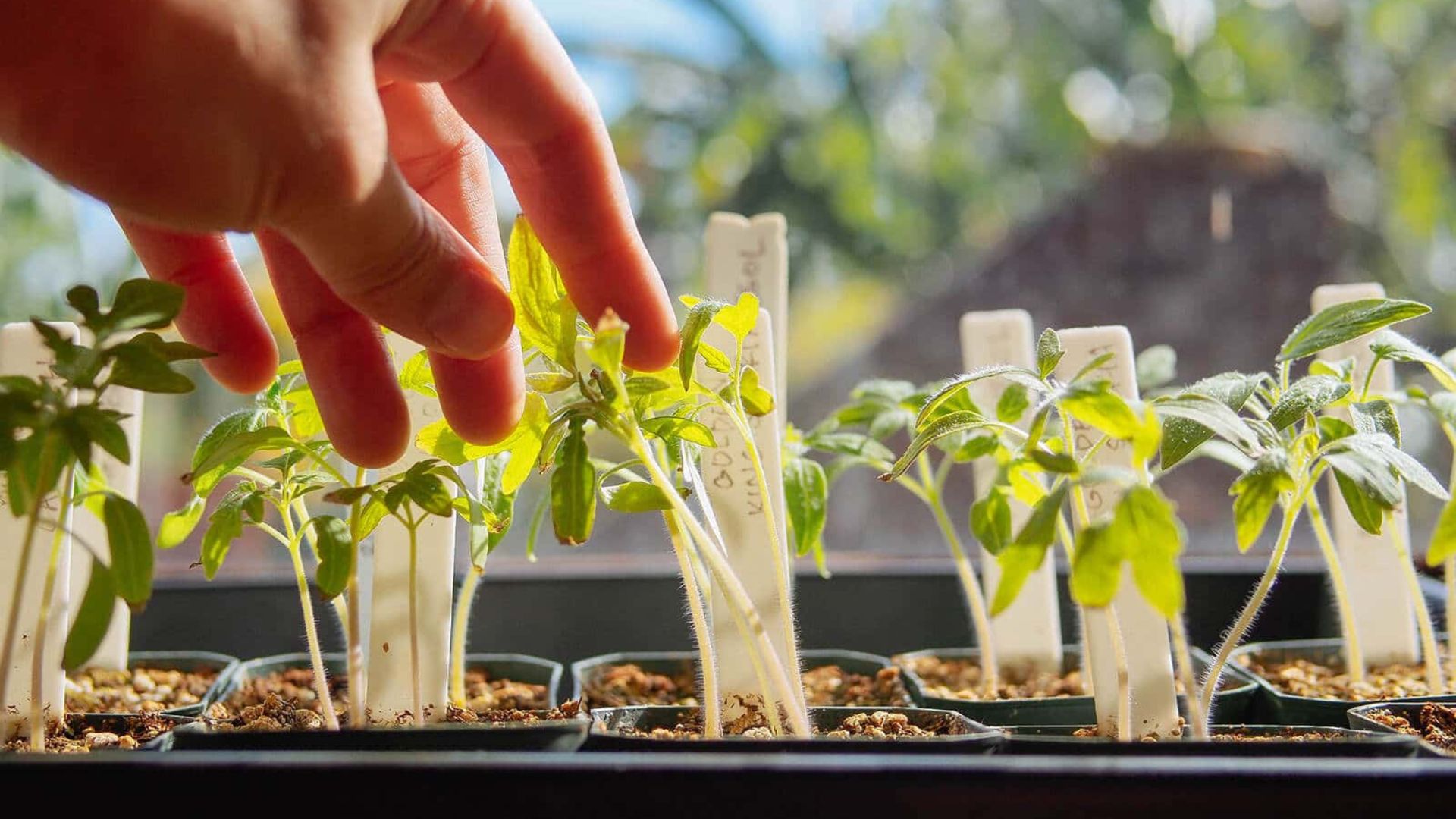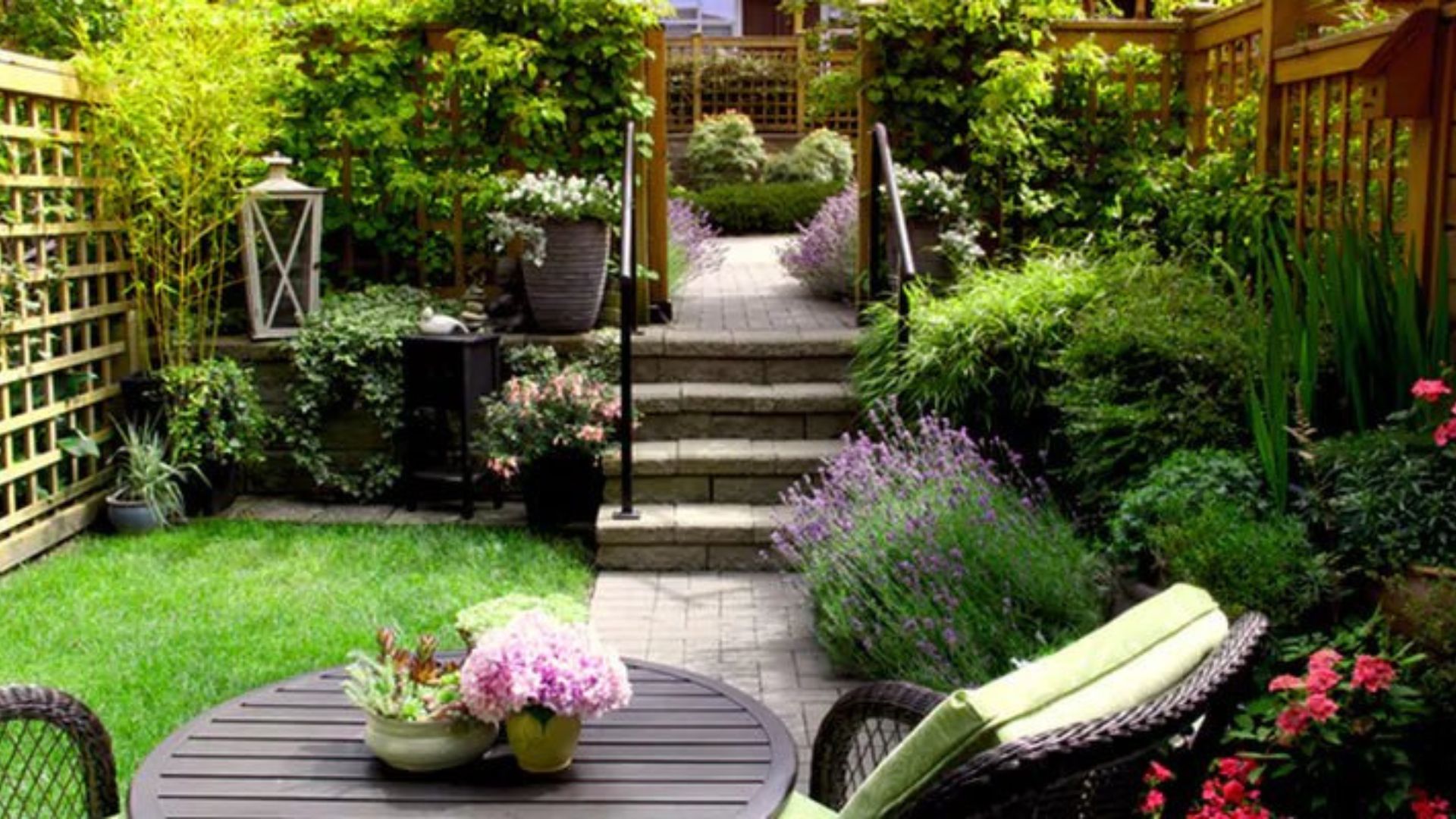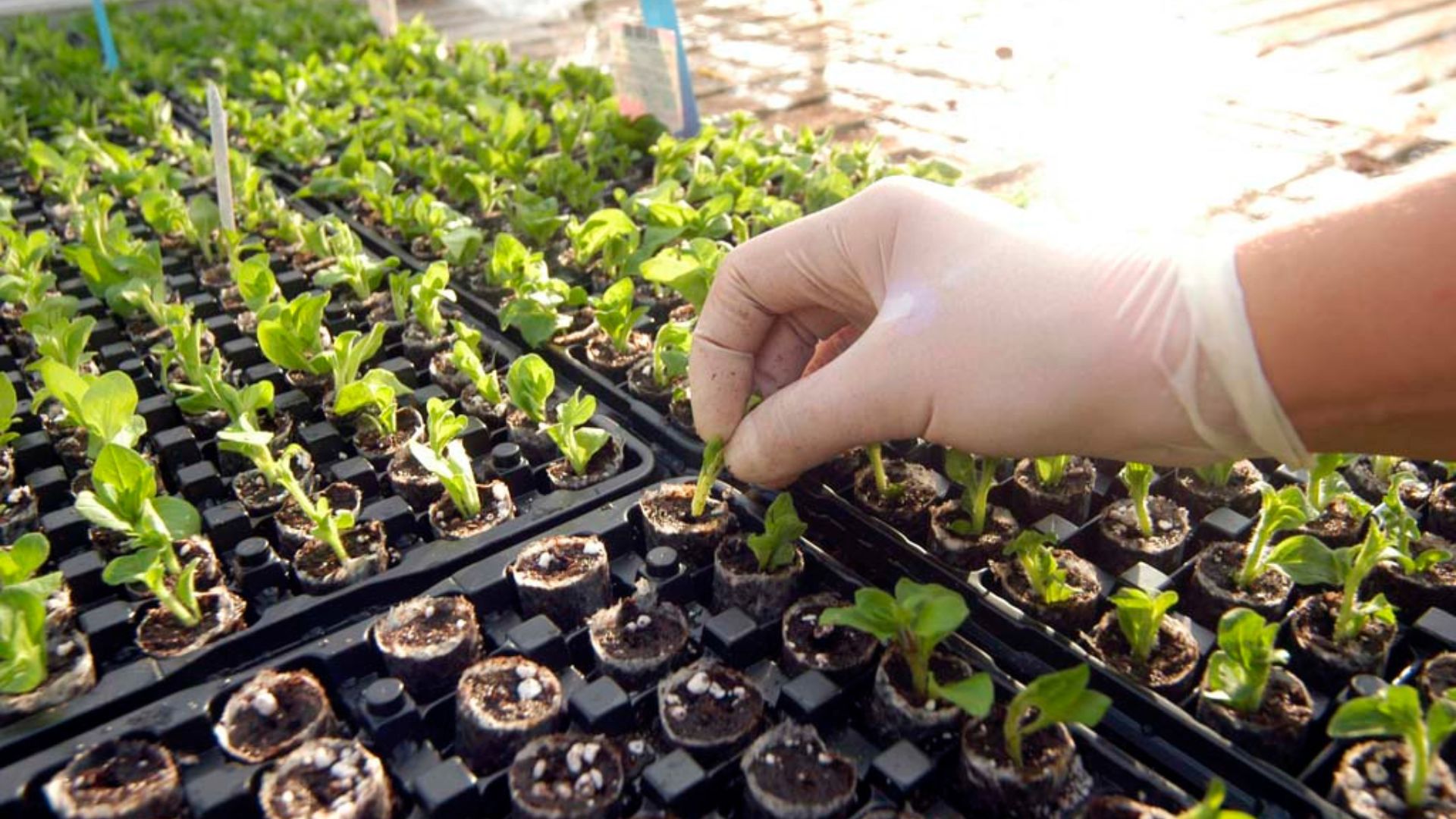Creating an indoor nursery allows you to grow plants in a controlled environment, free from outdoor weather challenges. Whether you’re nurturing seedlings, growing herbs, or starting a small business, following smart indoor nursery tips helps ensure healthy, productive plants. From lighting to humidity, every detail counts. With the right setup and care routine, you can transform any space into a thriving green zone.
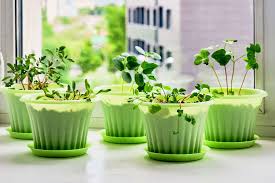
Choose the Right Location
The first step to success is choosing a suitable spot for your indoor nursery. Ideally, pick an area with plenty of natural light, such as near a south-facing window. If that’s not available, don’t worry — you can supplement with grow lights. Also, make sure the space is well-ventilated and easy to clean. Whether it’s a spare room, basement, or corner of your kitchen, consistency in light and temperature matters most.
Use the Proper Containers and Trays
The containers you choose play a big role in plant health. Use seedling trays, small pots, or repurposed containers with good drainage holes. Overwatering is a common mistake in indoor setups, so make sure excess water can escape. Place trays on waterproof shelves or mats to protect your surfaces. Following these indoor nursery tips ensures that your plants have the right foundation for strong root development.
Invest in Quality Grow Lights
Light is one of the most important factors in an indoor nursery. Without enough of it, seedlings become leggy and weak. Full-spectrum LED grow lights are a great investment, as they provide the necessary wavelengths for healthy photosynthesis. Mount them close to the seedlings, adjusting the height as plants grow. Aim for 12–16 hours of light per day, mimicking natural daylight cycles for optimal growth.
Control Temperature and Humidity
Indoor plants thrive in a stable environment. Most seedlings prefer temperatures between 65°F and 75°F (18–24°C). Avoid placing your nursery near drafts, heaters, or vents, as temperature swings can stress young plants. To maintain humidity, use a small humidifier or place a tray of water nearby. You can also cover seedling trays with clear plastic domes to retain moisture during germination — just remove them once sprouts appear.
Water Wisely and Monitor Moisture
Overwatering is one of the most common problems in indoor nurseries. Use a spray bottle or watering can with a gentle spout to avoid disturbing fragile seedlings. Water only when the top inch of soil feels dry to the touch. For even better results, try bottom-watering by placing trays in a shallow pan of water. These indoor nursery tips help maintain the ideal moisture level without promoting mold or root rot.
Keep Things Organized and Labeled
A cluttered nursery leads to confusion and missed care routines. Use shelves or racks to maximize vertical space and keep everything tidy. Label each tray or pot with the plant variety and sowing date so you can track progress easily. Having a plant care journal or app can also help you stay consistent with watering, lighting, and fertilizing schedules. Organization makes managing your indoor nursery efficient and enjoyable.
Conclusion: Small Space, Big Potential
With a little planning and attention to detail, your indoor nursery can produce strong, healthy plants all year long. These indoor nursery tips — from proper lighting and watering to organization and environment control — set you up for success. Whether you’re growing for fun, food, or future sales, nurturing plants indoors offers flexibility and satisfaction. Start simple, stay consistent, and watch your indoor garden thrive.






